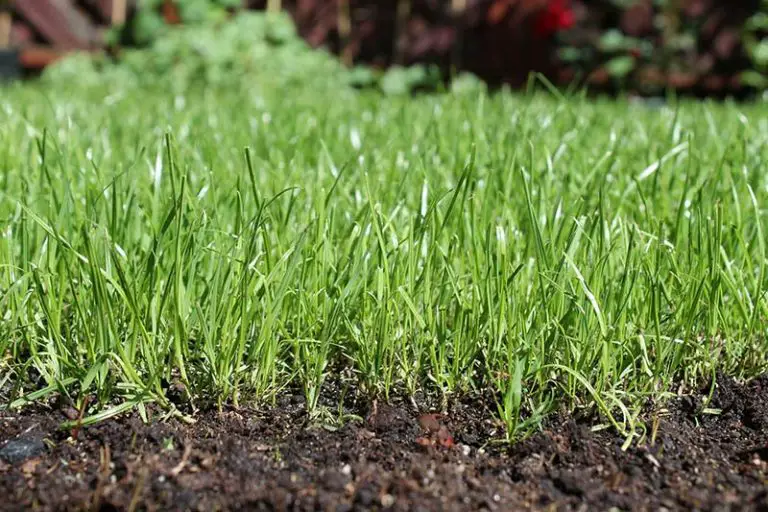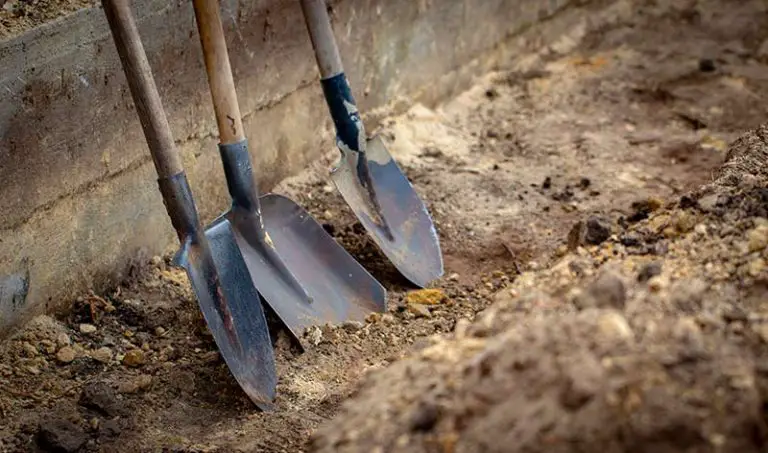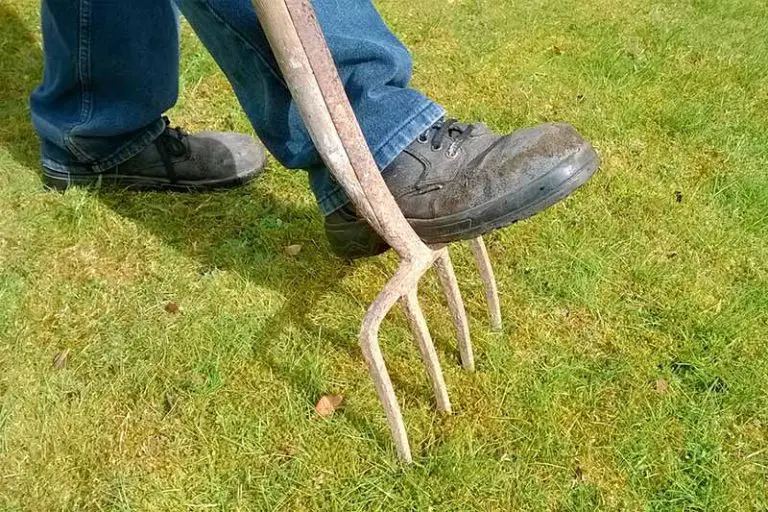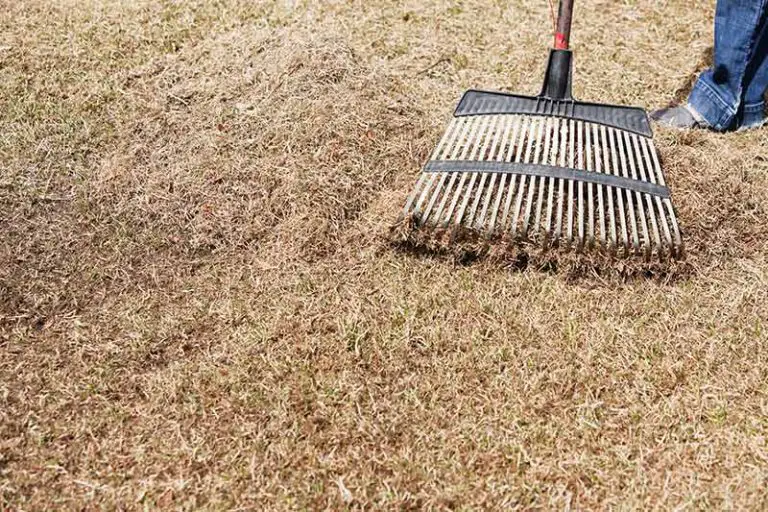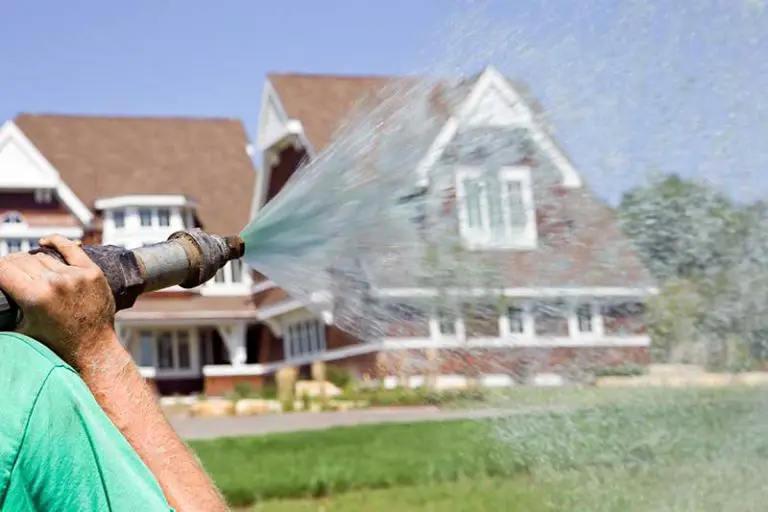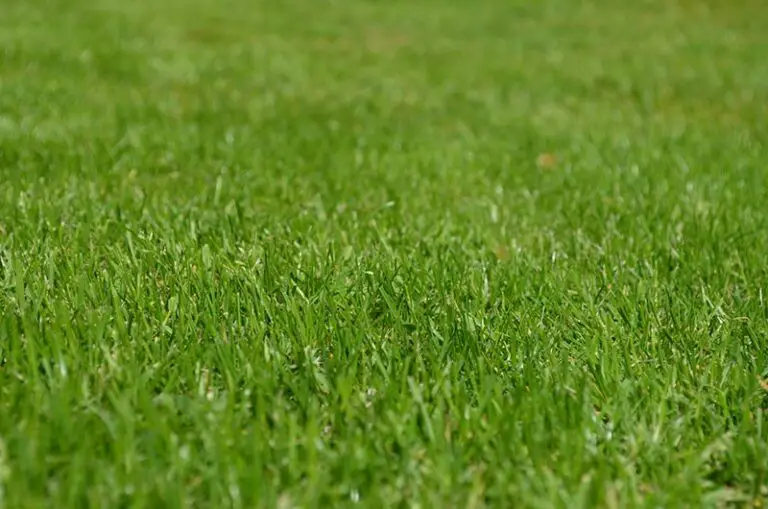How to Remove Old Lawn
Removing old lawn may appear to some to be a painstaking process that requires both patience and the correct tools. Depending on how much old lawn is being removed, however, it can be a fairly straightforward process and take no time at all.
There are a few different ways of removing old lawn, depending on the status of the lawn. Dead lawn can be removed in different ways than a lawn that simply isn’t looking its best. One of the best ways to decide on how to remove your old lawn is to assess the state of your current one and make a decision based on its current condition.
Why Should I Remove Old Lawn?
Old lawn can have a negative impact on your yard. This could be both in presentation and in the general health of your yard. Old lawn may be discolored, dry, brittle and rough to the touch. In addition to this, old lawn can have an affect on the rest of your yard’s health. Old lawn is more likely to suffer due to lawn disease, fungi and different types of weeds, which could eventually impact other aspects of your yard such as flower beds and shrubs.
Removing old lawn will give you a blank base for replanting and regrowing your lawn, allowing you to choose the type of grass you want.
Removing old lawn also allows new lawn to grow better and faster. Old lawn has the opportunity to die and become entangled above the topsoil layer. This is known as thatch and can promote the growth of unwanted mold and disease. Thatch can be removed from any lawn using a process known as dethatching which can be done in some circumstances using standard equipment such as a regular garden rake.
What are the Disadvantages of Removing Lawn?
Whilst removing lawn can have many advantages that benefit your garden, it can however come with its drawbacks. One such example would be the time it takes for new grass to grow. If you decide to replant grass seed rather than plant sod, you may find your lawn taking months to grow back lusciously. In addition to this, planting seed can also create issues pertaining to birds and other wildlife, which may try to eat it before it is given a chance to germinate.
A new lawn does not only take a while to grow, but it also needs to be planted at the right time of year and should not be interfered with whilst it is growing. This could be an inconvenience to a lot of people, including those with animals or young children.
How to Remove Old Turf
There are several methods of removing old turf from a yard. Each method depends on the state of your lawn and the end goal which you have for your lawn. For instance, some methods are better for removing old lawn to allow for new lawn to be planted, whilst others are ideal for removing old lawn for the area to be levelled or built atop of. Knowing why you’re removing the lawn from your yard will help you decide which method is best for you.
Solarization
Solarization refers to the use of overheating the lawn using clear plastic in order to kill the grass, seeds and weeds that are living in the soil. Solarization relies totally on the heat of the sun, so takes a long time to achieve the desired effect. In addition to this, it shouldn’t be used during times where the climate cools, even at night. This limits the effectiveness, and also the amount of people who can successfully use this method for removing old lawn.
Hoe or Sod Cutting
Perhaps one of the more traditional methods used for lawn removal, hoeing or sod cutting are effective, albeit time consuming and laborious. Whilst some sod cutting methods add a layer of ease to the process, hoes can take their time to use correctly and efficiently. It may take a couple of days of hoeing to fully remove or displace your lawn, allowing for new seed to be planted and the ground to be levelled out.
Hoes and sod cutters are best used after a bout of heavy rainfall which will loosen the grass and make it easier to remove. You can, alternatively, wet the grass using another method such as a hose to achieve this.
Herbicide
Herbicides range in effectiveness and can absolutely be used to kill off your lawn. Atrazine, for instance, is a herbicide strong enough to kill off most lawn types, including weeds and even some plants. When using herbicide, ensure that you take every safety precaution necessary to ensure that you or anyone who may come into contact with the garden are at no risk of contamination. This includes dogs, children and other family members who may come into contact with the lawn.
The application instructions for each type of herbicide is different, and requires different amounts to be able to work appropriately. Make sure to read these instructions carefully before application.
Heavy Mulching
Heavy mulching works the same way as solarization, albeit with a different covering than clear plastic. Heavy mulching involves cutting the grass as short as possible, layering mulch and woodchips atop of it in order to generate heat beneath the layers. After enough time, this will eventually kill the lawn and anything beneath the mulch, through oxygen deprivation, limited sunlight and excess heat. Like solarization, this method may take several months to complete and should only be done in constantly warm climates.
Removing Dead Lawn
Once the lawn is dead, there are a few ways of removing it to allow you to either replace it or build over it. This can be done easily by raking, simply scooping the remains, or through the use of piling it with a shovel. This dead lawn still has its uses, and can be used effectively in composting. This means that, if composted, your old lawn can be used to help your new lawn thrive.
When composting, ensure that there are no weeds present in the clippings, as these weeds can be transferred over to your new lawn.
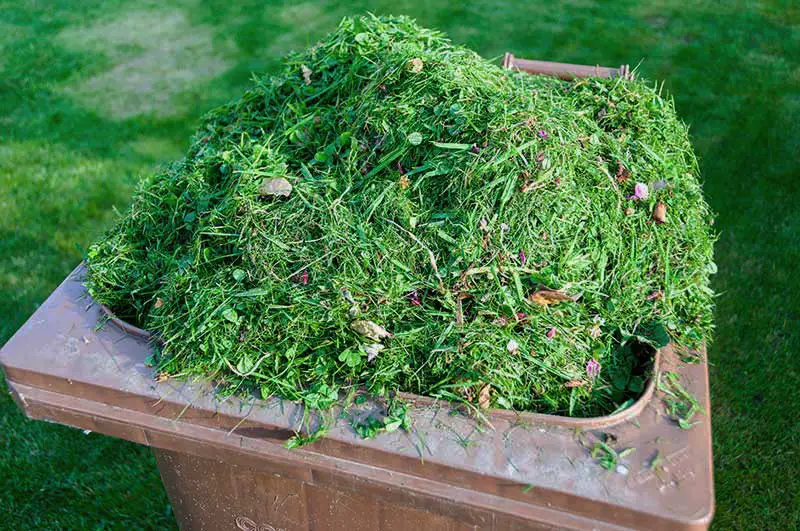
How Long Does it Take to Remove Old Lawn?
Depending on the method you use to remove your old lawn, it can take anywhere between a day and a couple of months. Hoeing or using a Sod Cutter is the fastest method, and could take anywhere from an hour to a day depending on the size of the garden and the amount of people working on it. In comparison, solarization or heavy mulching can take upwards of two months providing the method used is as instructed. Using herbicides can take anywhere from a few weeks to a month, depending on the strength and speed of the herbicide you are using.
What to Do After Removing a Lawn
Before taking your next steps to replanting or refurbishing your lawn, there are a few steps you should take to help make suture decisions about your garden. A soil pH test should be performed to determine how acidic or alkaline the soil is. This can help determine which grass is best planted in it, or it could persuade you to take some steps to change the soil’s pH to better suit your gardening needs.
You can also choose to check for any garden pests which you may have missed whilst removing the lawn. These pests can sometimes be hidden beneath the lawn, such as larvae and grubs. Having no lawn for a short period of time provides an opportunity to deal with them appropriately.
Finally, take the time to deal with any grading problems you may have. If you find that you often suffer with bubbles in your lawn or standing water, it could be due to the lawn’s grading. Removing the lawn provides an excellent opportunity to fix these issues before the next lawn is installed.
Final Thoughts
Removing an old lawn provides many new opportunities for your garden, and allows you to make more decisions about the type of lawn that you want in the future. Whilst it may take some time and effort to reach the desired effect, it is oftentimes easier to achieve than originally considered.

